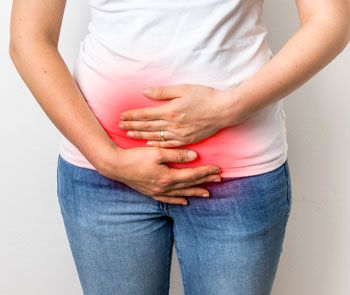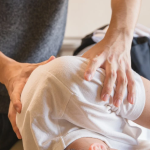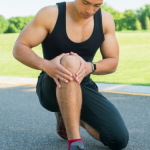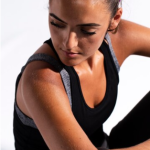 |
What is the Pelvic Floor? Pelvic floor muscles attach to the pelvis bone The pelvic floor is a group of muscles, ligaments, and connective tissues that span the bottom of the pelvis. Importantly, these structures support the pelvic organs, including the bladder, rectum, and in women, the uterus and vagina. The pelvic floor plays a crucial role in maintaining continence (control over bladder and bowel movements), supporting pelvic organs, and contributing to sexual function. What are the most common signs and symptoms of pelvic floor dysfunction? There are several signs and symptoms for pelvic floor dysfunctions. They can be further…
Read More










